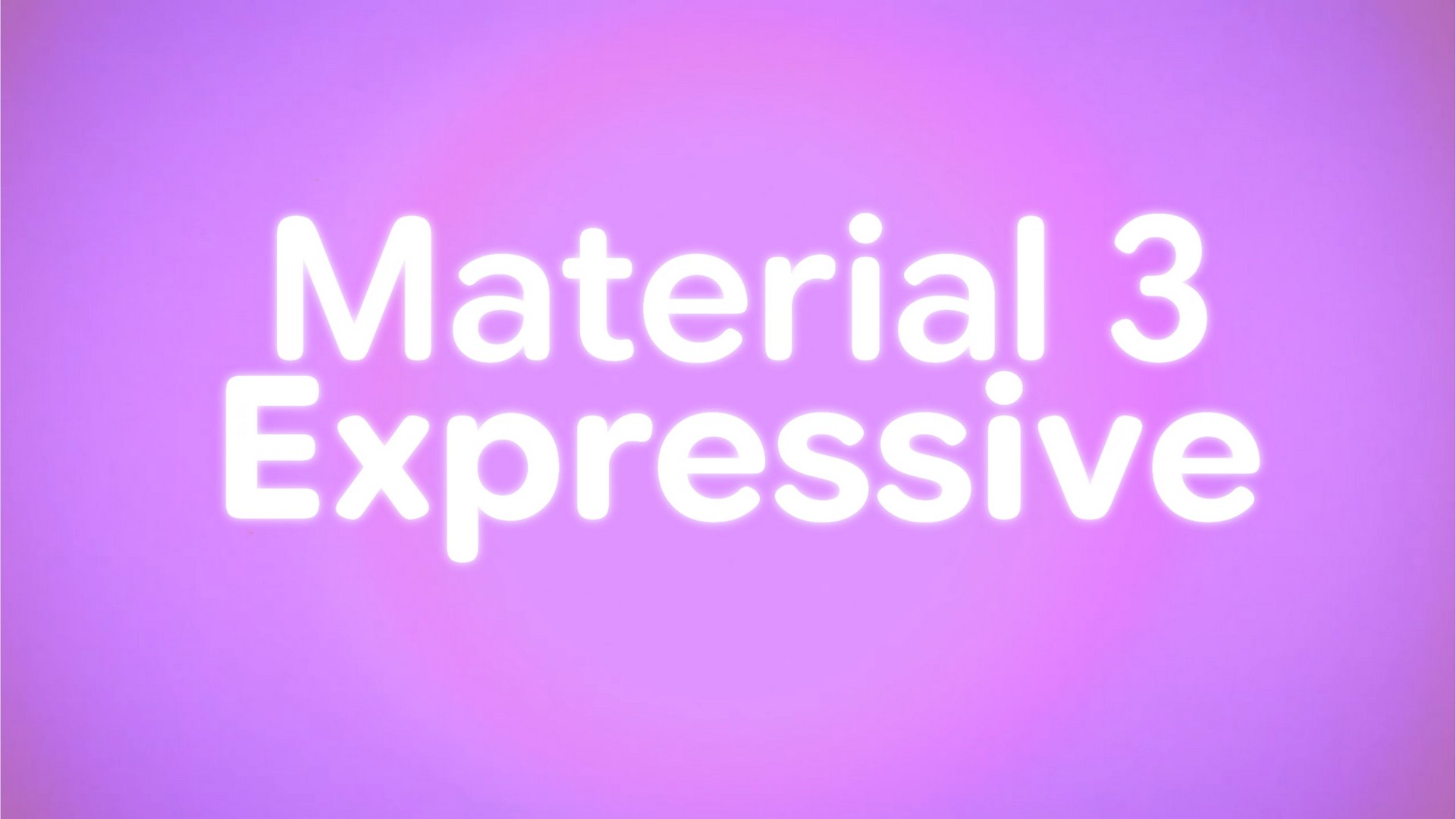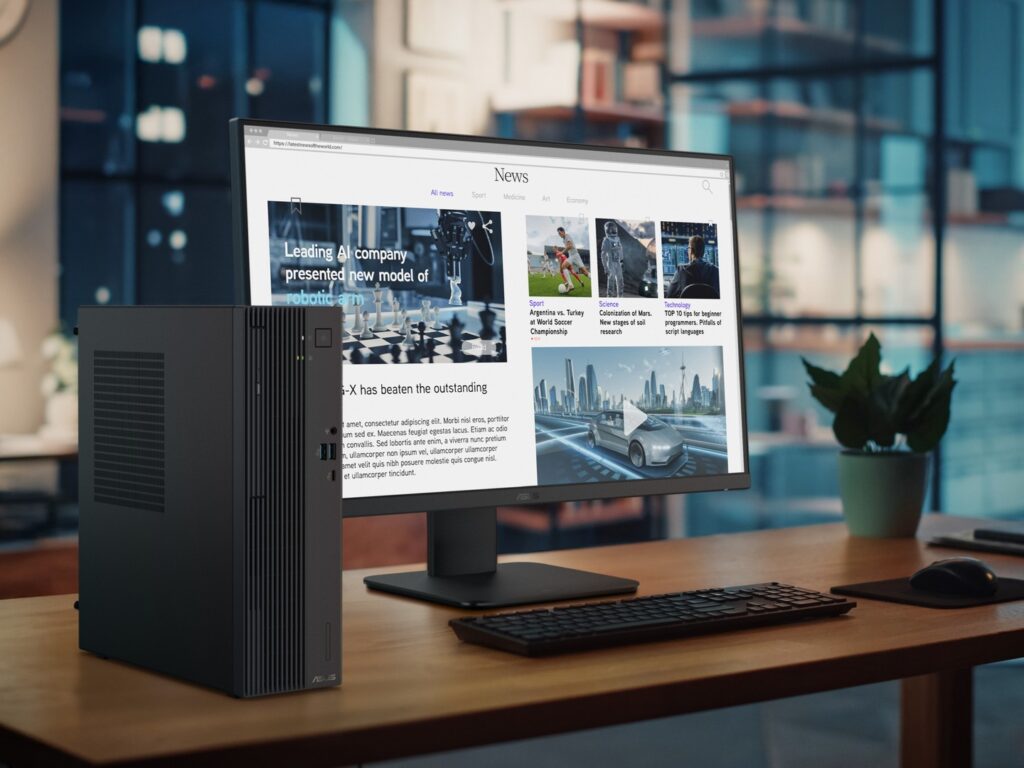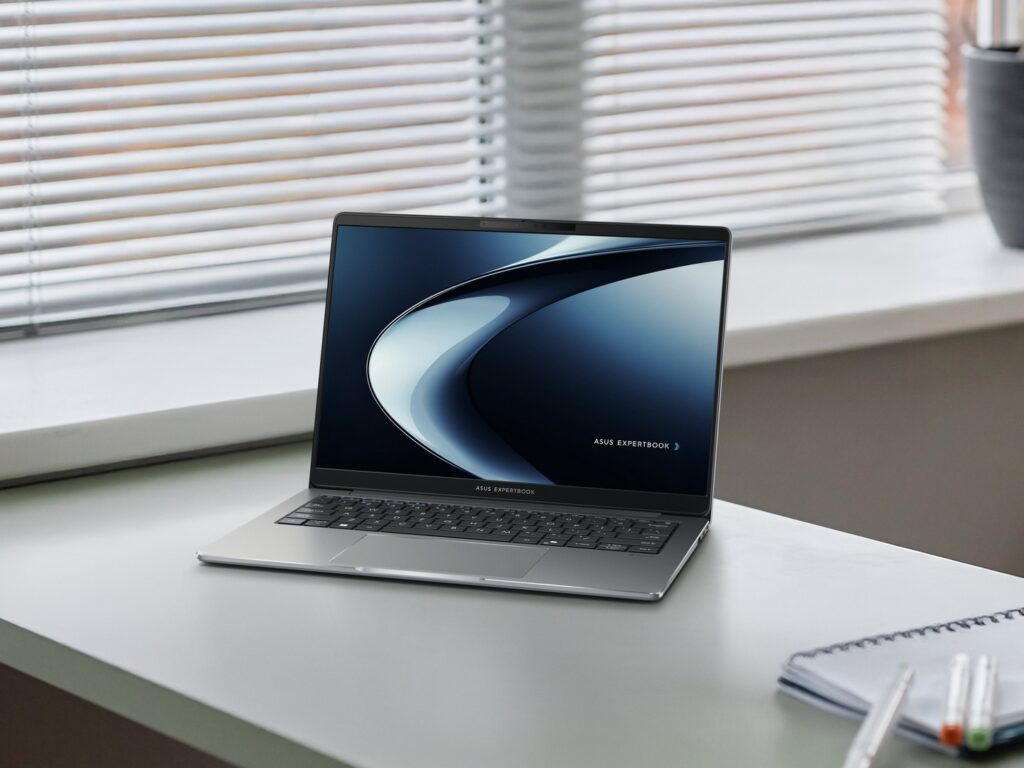Google’s Material 3 Expressive Details Leaked
Tech giant Google appears to have inadvertently revealed key insights into its upcoming Material 3 Expressive design system. A blog post, reportedly published briefly on Tuesday before being taken down, detailed the company’s rationale and research behind the evolution of its open-source design language.
Aiming for a More Usable and Engaging Interface
The premature disclosure, initially spotted and preserved by 9to5Google via the Wayback Machine, outlined Google’s aim to create a user interface that is not only more functional but also less “boring.” The post emphasised that the “expressive design” philosophy centres around strategically employing fundamental design elements such as colour, shape, size, motion, and containment.
Core Principles of Expressive Design
According to the leaked content, these elements are crucial for enhancing usability by effectively drawing user attention to important interface components. The design principles aim to make key actions more prominent and logically group similar elements, leading to a more intuitive user experience. The post itself stated, “The fundamental parts of expressive design are the use of colour, shape, size, motion and containment… These design aspects are also fundamental to what makes a product more usable by drawing attention to what matters in the interface: Making key actions stand out, and grouping like elements together.”
Research Focus on Key UI Elements
The now-deleted post also shed light on specific user interface elements that were subject to research and experimentation during the development of Material 3 Expressive. These included:
- Progress indicators: The research explored which types of indicators could positively influence the user’s perception of waiting times, potentially making the experience feel faster.
- Buttons: Investigations focused on determining the optimal size for buttons to improve tap accuracy without cluttering the screen or overwhelming the user.
- Floating toolbars: The research aimed to discover effective ways to make floating toolbars both noticeable and easily accessible for users.
Google’s accidental publication, though since removed, reveals a glimpse into its design thinking ahead of the official announcement reportedly scheduled for later this month.
Google has yet to officially comment on the accidental leak.




